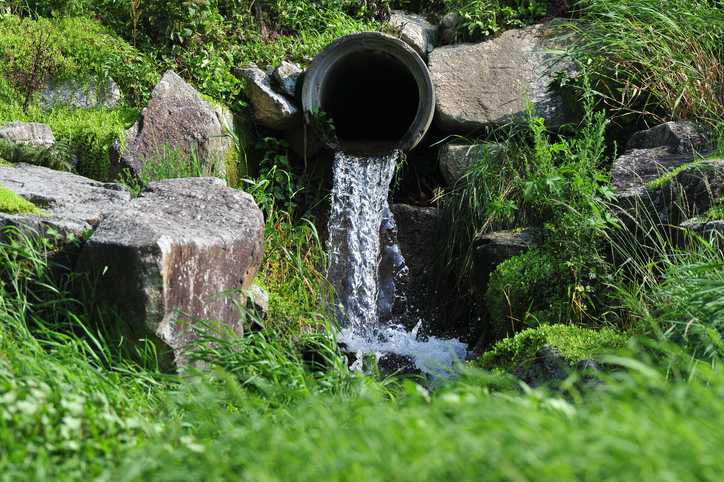
Scientists reviewing over a decade's worth of studies on the fate of notorious pollutants – dubbed 'forever chemicals' for the way they persist in waterways, soils, and sea ice – have unearthed where environmental hotspots of contamination lie.
The review, led by hydrologist Xueyan Lyu of Nanjing University of Information Science and Technology, focused specifically on the Earth's crust: the soil it's made of and the waters that percolate through it.
Much work has been done to detect 'forever chemicals' in contaminated water sources and elucidate the impacts on human health, which arise even at very low levels of exposure, prompting health and environmental authorities to revise their safety guidelines.
PFASs (per- and polyfluoroalkyls) – synthetic chemicals highly effective as non-stick and waterproofing agents – have been in use since the 1950s. Since the early 2000s, these compounds have been widely detected in global groundwater.
But grasping where and how much PFAS substances accumulate beneath Earth's surface is an ongoing challenge – especially when new PFAS are being manufactured to replace phased-out, first-generation compounds.
Read more...







